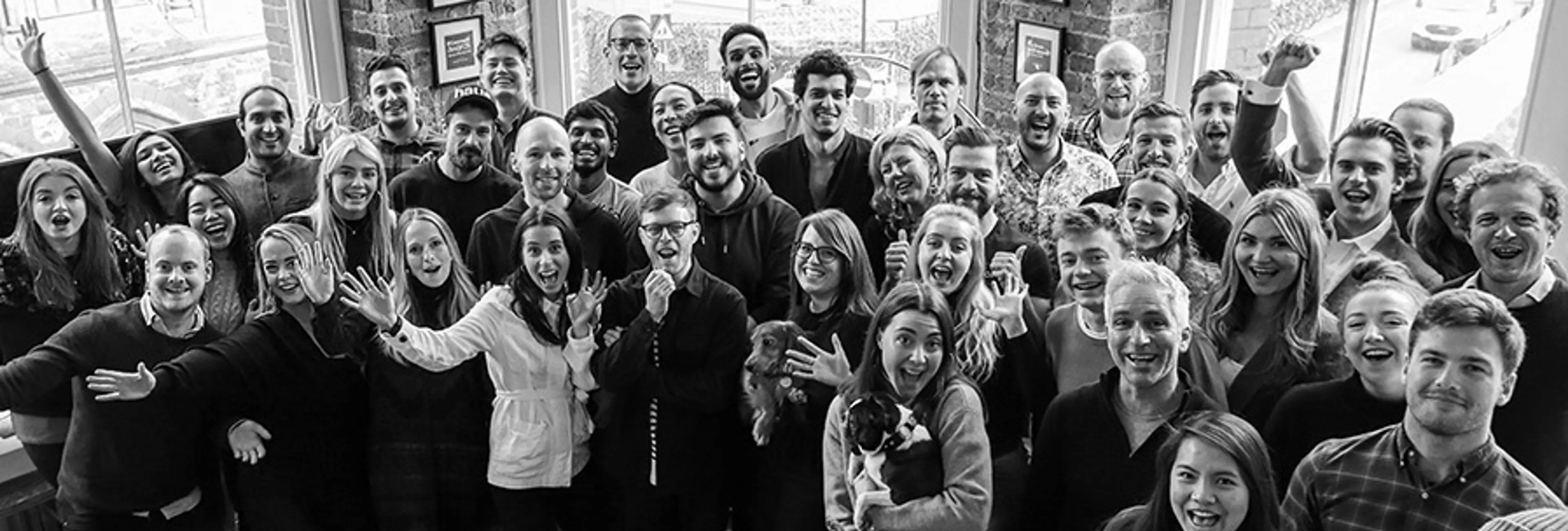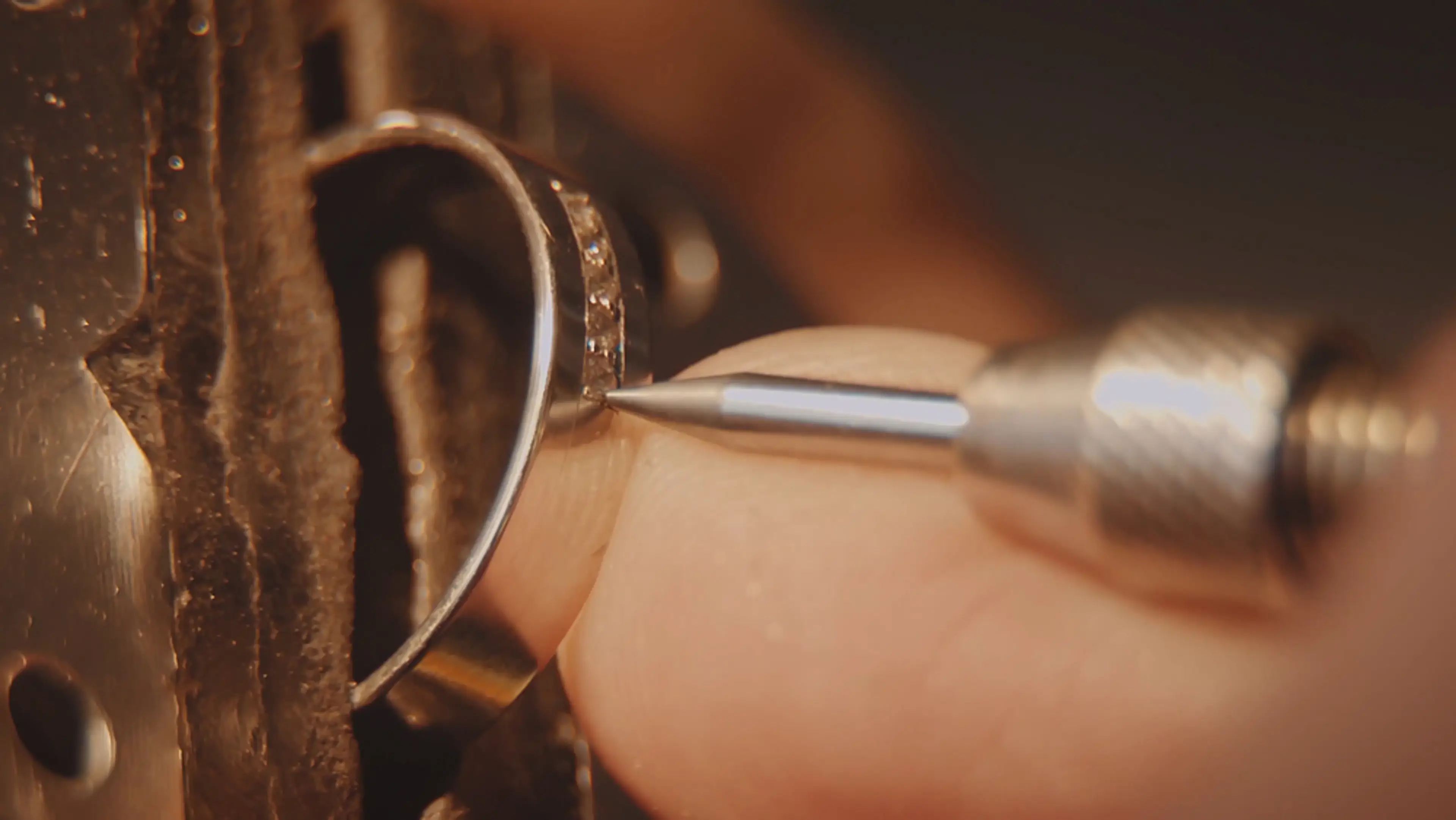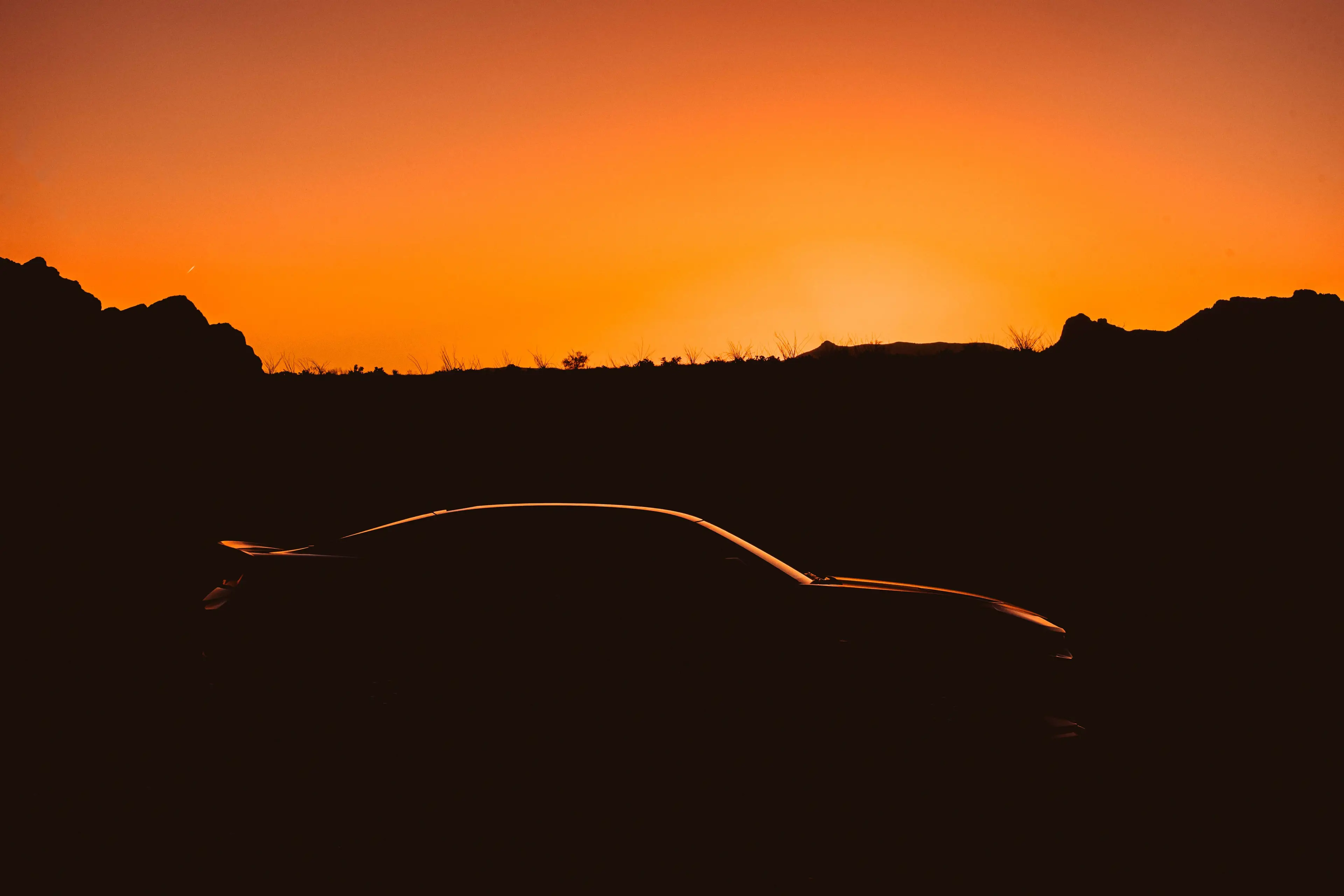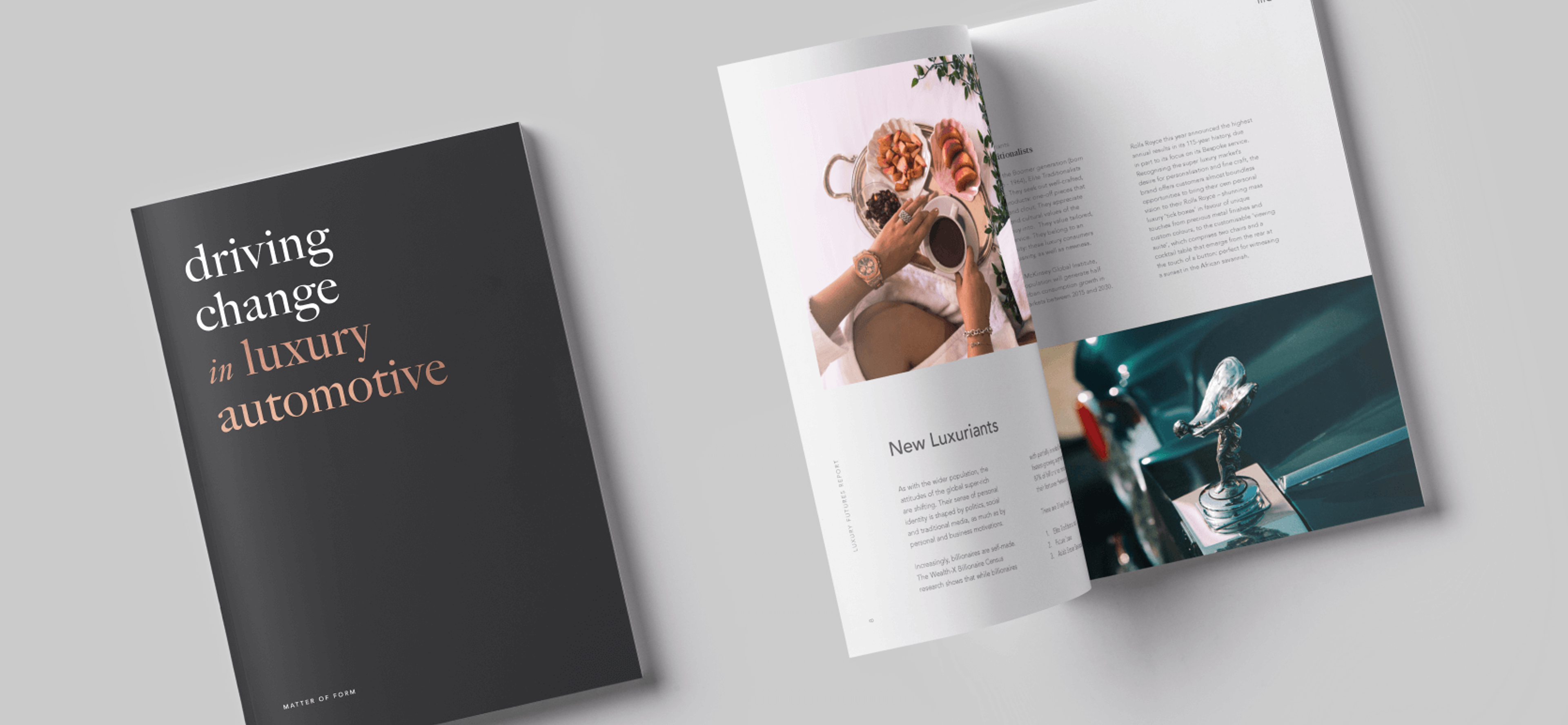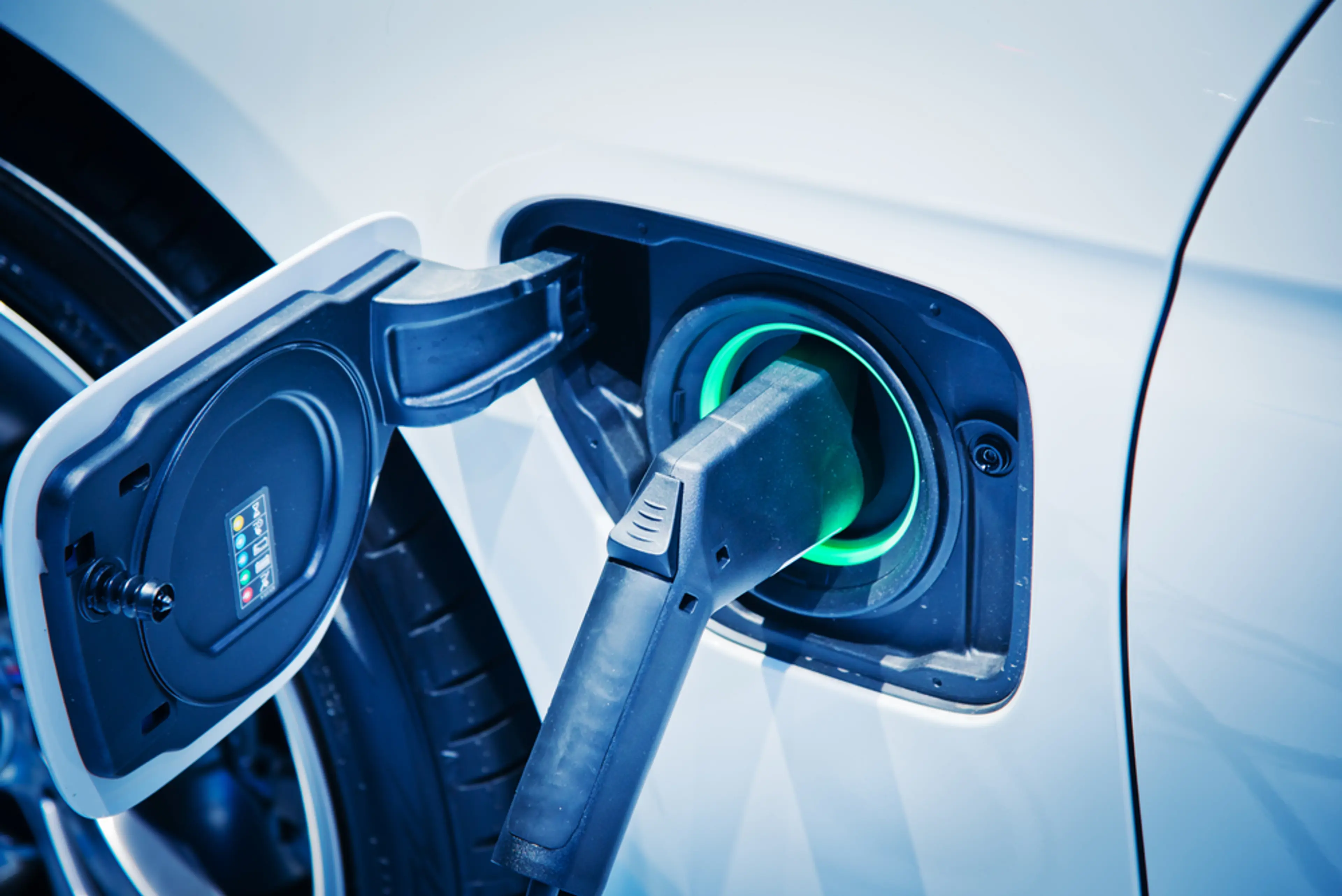
Automotive
1 Aug 2022
5 Min Read
How Luxury Can Get Up To Speed with Electric Vehicles
Headlines shouting about the electric vehicle revolution plus the rapid uptake in these kinds of cars prompted us to survey the sector, identifying the gaps to conceive ways for luxury brands to not only stay the course but be first past the finish.
It’s the 90s. In Norway. In a weird yet wonderful turn of events, lead singer of 80s synth-pop band A-Ha, Morton Harket, is slowly but surely becoming a heavy hitter in the drive towards an electric future.
Cruising around Oslo in a converted electric Fiat with environmentalist Frederic Hauge, the two refused to pay the city’s exorbitant road tolls, collected parking fines at every stop along the way and ignored every penalty notice thrown at them.
Advocating for electric vehicles to be exempt from the same tolls that applied to their gasoline counterparts, the stunt caught the media frenzy and their goal became reality. Since 1997, electric cars have been exempt from road tolls.
It’s an amusing (mildly unbelievable) yet powerful move that undoubtedly contributed to Norway’s position as ground zero for the electric vehicle revolution. Its fleet of plug-ins is the largest in the world per capita so it makes sense for ambitious Chinese manufacturers to use the Nordic region to test the waters in the West.
China’s gamble on cobalt (the mineral needed to cool lithium batteries) has led to a decades-long monopoly on an increasingly vital element to electric transport.
Owning 15 of the 19 cobalt mines in the DRC (Democratic Republic of Congo) has obviously given Chinese manufacturers a huge advantage in terms of resource and expense which they’re now ready to capitalise on.
Nio, BYD, Xpeng and a slew of others are dipping their toes in the American and European EV markets, creating dedicated websites and marketing campaigns to appeal to the Western consumer and compete with established automotive brands in the other half of the world.
As a business fascinated by behavioural changes in HNWI and a vested interest in automotive – which now distinctly includes electric vehicles – we’re evaluating how established engineering brands can stand their ground in an increasingly saturated market.
The Sexy Clean Energy Solution
Solutions to the energy crisis is a time-consuming and thought-provoking pursuit, investing further in public transport to reduce the presence of cars altogether and therefore emissions is one widely-supported option. As is incentivising walking or cycling and weekend vehicle-restrictions in cities.
So although electric vehicles aren’t the only solution to the energy crisis, they are definitely one of the sexiest.
And the infrastructure is finally coming.
Thanks to their environmental benefits, low running costs and models becoming better and more innovative than ever, approximately 145 million EVs will grace the world’s tarmac by 2030, compared to a mere 10 million now.
How to become the majority in that vast number is what automotive brands are racing to figure out. One way is distinctive, revolutionary, experiential design – a space that seems divinely carved out for luxury brands to fill.
Revved-Up Design
NIO
Despite unanimous acceptance that EV charging is only going to get quicker, brands who are accelerating that fact are unsurprisingly more appealing to the convenience culture consumer.
NIO, a manufacturer of ‘smart electric vehicles’, is approaching charging in an alternative way. Instead of a plug-in process, vehicles can visit Battery Swap Stations – transforming the recharge into a 3-minute operation instead of a 30-minute one.
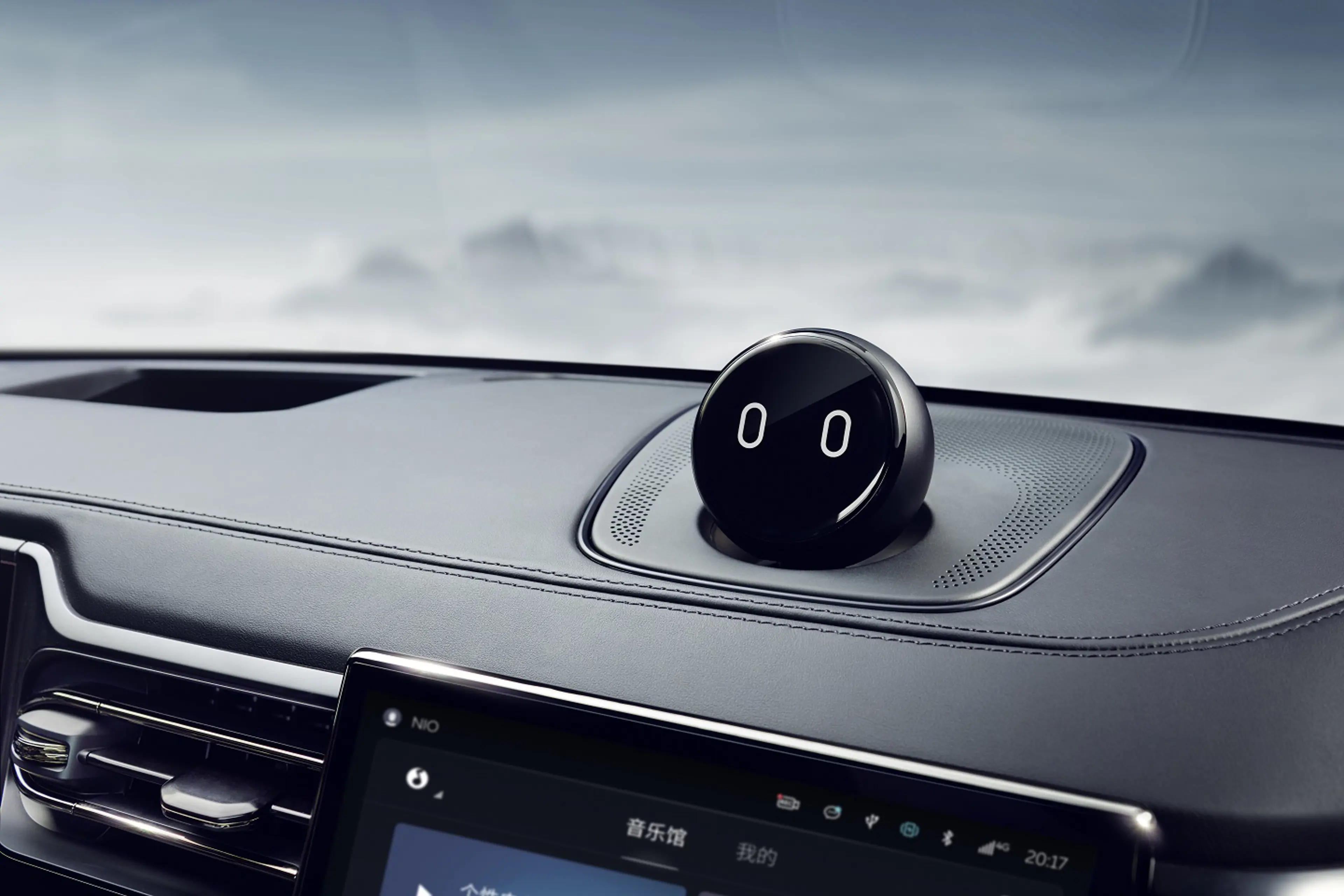
The Chinese brand has also integrated the world’s first in-vehicle AI.
NOMI, a small machine with eyes attached to the dash of NIO’s models, goes beyond standard infotainment, navigation functions and other user assistance.
Creating ‘a more personable, immersive user experience’, the intelligent assistant can stream a playlist based on your mood or snap a selfie on command. And these features will become increasingly optimised as autonomous vehicles become the future.
XPENG
‘Responding to your world; Preempting your needs; Moving with your life.’
Three quite powerful claims that emphasise XPENG’s human-centric brand positioning and their objective to reassign importance in automotive from hardware to smart, people-first mobility.
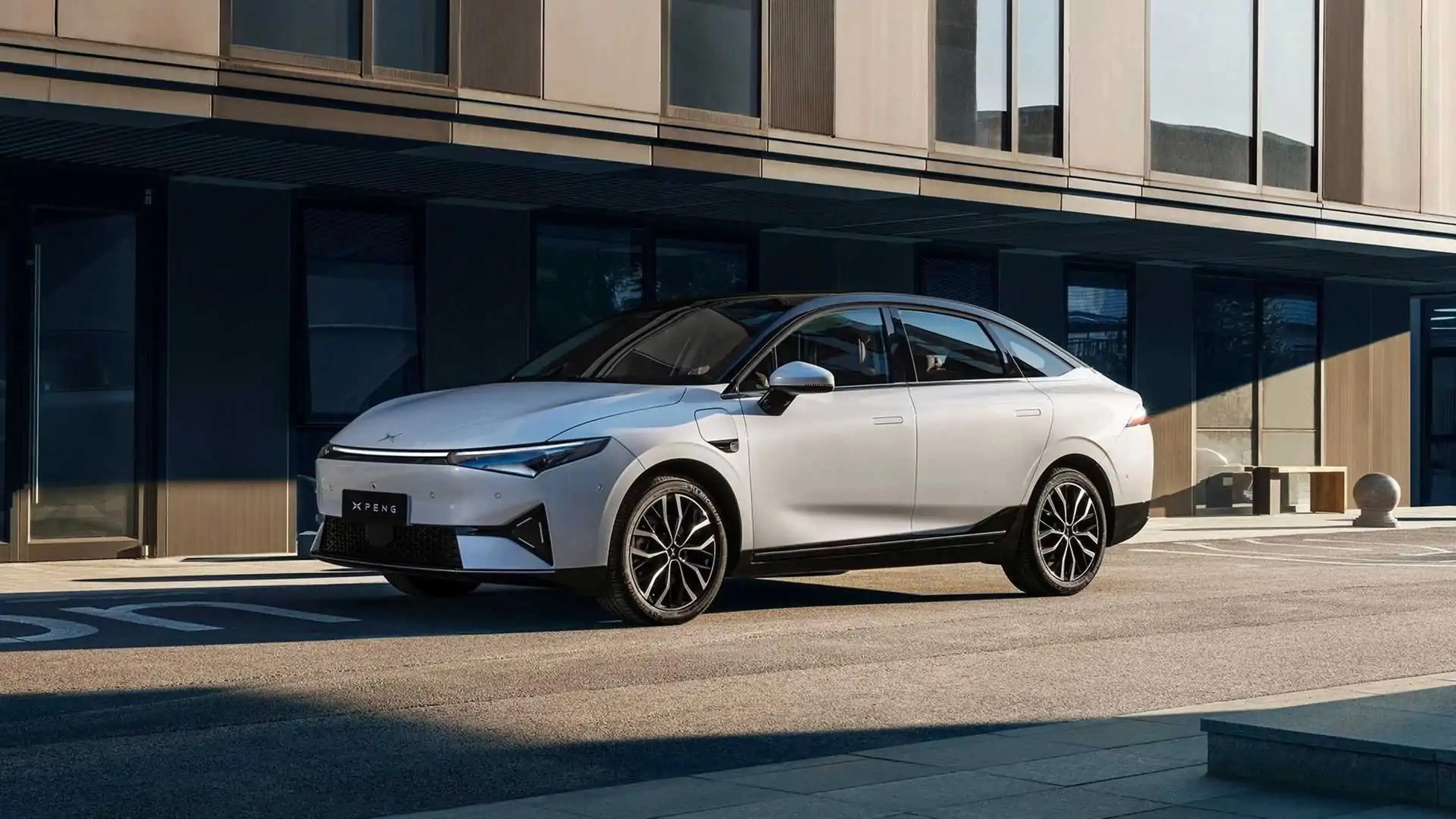
A tech company at heart, XPENG model features range from an intelligent voice assistant and extensive app ecosystem to 360° panoramic vision and intuitive driver assistance.
Designed solely for the human experience, they’re occupying a space in the EV market that others are vying for as the industry shifts with the modern mindsets of luxury consumers. One to watch out for.
Hyundai
Korean manufacturer Hyundai is also taking their EV offering from 0-100.
Already competing in the luxury market with their offshoot Genesis, the brand’s IONIQ 5 model is perhaps its most impressive and a strong contender among EVs. But with the IONIQ 7 concept car being teased, there’s plenty of room for endless innovation.
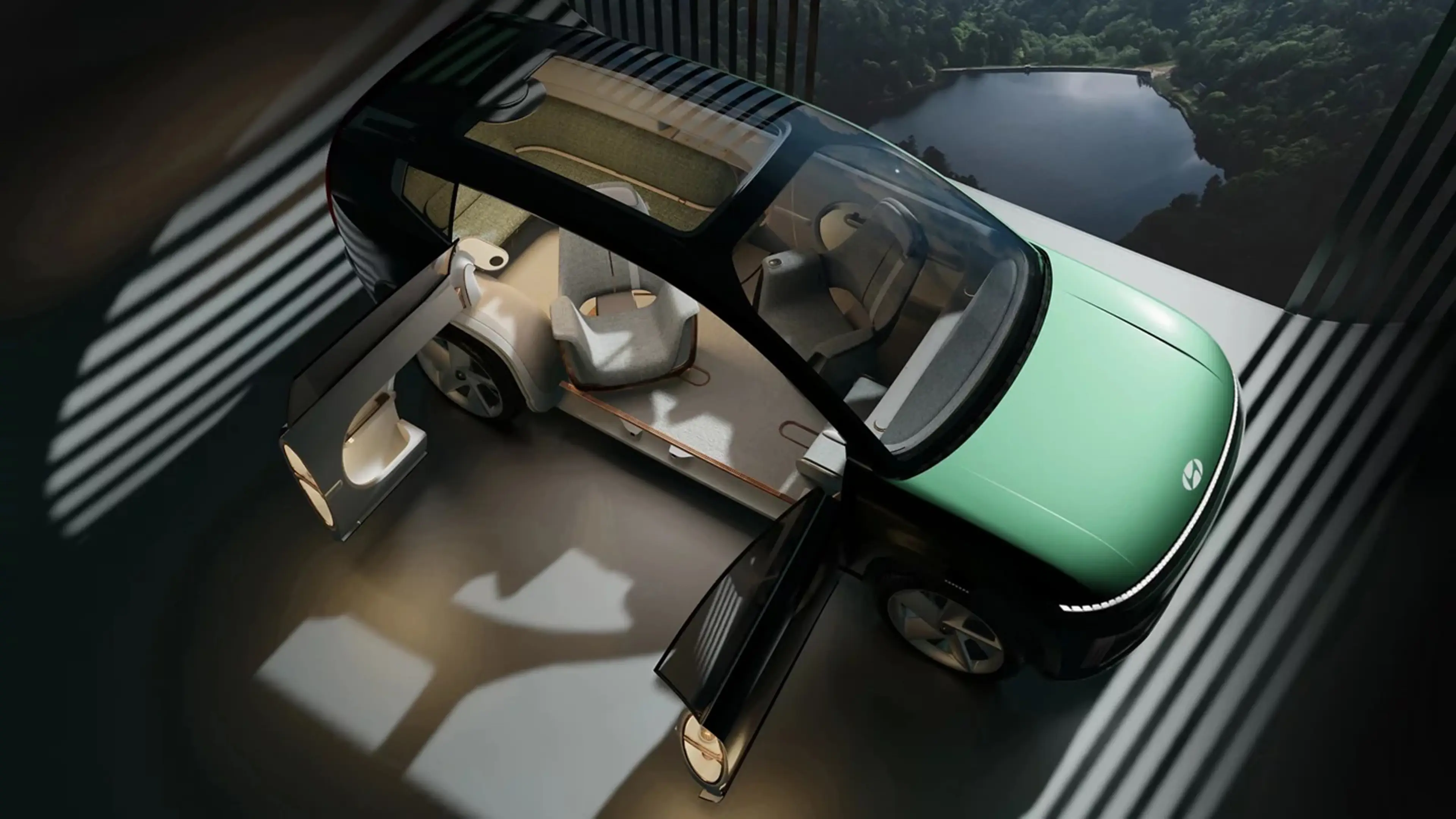
As the driving experience becomes more streamlined and autonomous, design is becoming sleeker and less restrictive.
The centre console which usually houses a lot of structure and features exclusive to gasoline vehicles is being significantly pared-back or removed entirely.
The IONIQ 7’s interior design symbolises a much more social, relaxing space than current models, acting as a living space instead of the conventional single-function vehicle – a perfect example of these shifting priorities in tandem with advancing tech and consumer preferences.
‘Anyone who focuses solely on the technology has not yet grasped how autonomous driving will change our society. The car is growing beyond its role as a mere means of transport and will ultimately become a mobile living space.’
– Dr Dieter Zetsche, Chairman of the Board of Management of Daimler AG & Head of Mercedes-Benz
Where Next? What Luxury Car Brands Can Do To Compete
The competition between Chinese manufacturers and Western luxury automotive brands exists in the margins. They have the mines and the minerals and it’s impossible to dive into the complexities of this without being caught up in knotted geopolitical threads. But, differences in performance are numerically minimal. Being the best doesn’t have to exclusively be a numbers game so luxury brands in the West should do what they do best. Appeal to the customer they know inside out. Simple as that. Through:
01
Championing Distinctive Design Codes Go beyond shapes, features and specifications and get to the heart of modern luxury design: distinctive, holistic and people-centric. Phenomenal engineering will always be fundamental to automotive design but suitability and convenience must be inventively woven in, easing friction and enhancing experience. Design has the potential to transform the mundane into the magnificent. Use it.
02
Focusing on Futuristic Tech, Just Not Exclusively A sole focus on tech to enhance, assist or optimise driving is futile considering the rapid advancement of autonomous operation. But AI integration, state-of-the-art interfaces and other tech innovations that elevate the increasingly holistic nature of travel are without-a-doubt gold to invest in.
03
Reimagining and Upscaling the Charging Experience Take Nio’s lead and rethink the charging experience with a luxury, branded twist. It’s a facet of the sector that offers boundless opportunities. Efficiency and convenience are table stakes, and NIO has those covered already. How can luxury brands elevate those qualities and pair them with the experiential? Maybe a lounge or members club-esque space. Despite the ever-improving speed of charging, design somewhere appealing enough and the plug-in/battery switch could become a standout brand touch point that people won’t want to leave.
04
Prioritising People Luxury buyers are seeking to express who they are, not what they have. They want to be seen as ethical, creative, connected, philanthropic and conscientious. Purchasing an EV is in itself a physical demonstration of sustainable commitment – brands who can harmonise personalised indulgence with guilt-free sentiment for their customer, from product to service and experience, will have no problem setting themselves apart in this expanding sector.
05
Driving Differentiation with Partnerships A powerful ally luxury brands have in their corner are high-value collaborations and partnerships. Way back in 2009, Ferrari joined forces with contemporary artist Lu Hao to create porcelain-inspired paint work, while renowned sculptor Cai Zhisong holds an ambassadorship for Porsche. Iconically, Rolls Royce are capitalising on their Bond affiliations with The Spectre, the marque’s first fully electric car arriving in 2023. So many luxury brands have the connections, the status and the credentials to pull this kind of collaboration off. Imagine: a smartwatch that seamlessly interacts with a vehicle interface. Or the world’s best, most popular speakers built-in. Or monogrammed upholstery. The possibility is endless. And China has the cobalt, so why not gun for the collab.
Accelerate your status in the sector and discuss with us how we work with timeless luxury brands to provide brand strategy, digital experience design and innovation consultancy. Please get in touch via [email protected] to arrange a time to speak with our team of consultants about our services.
Automotive


